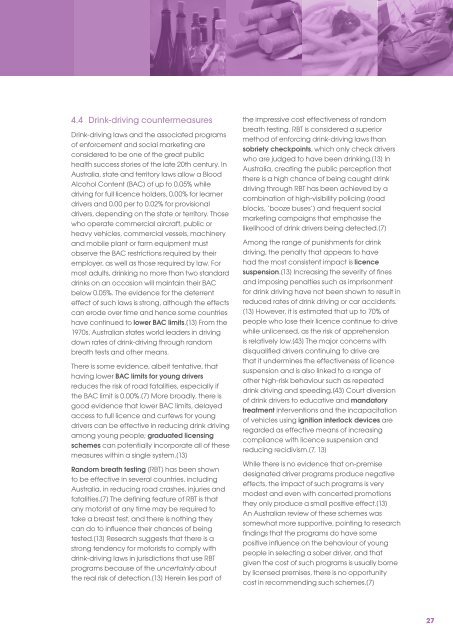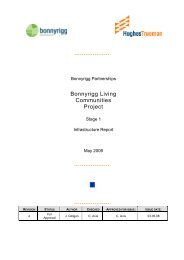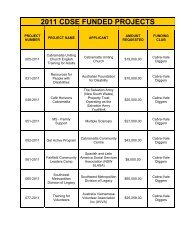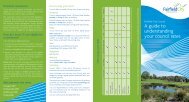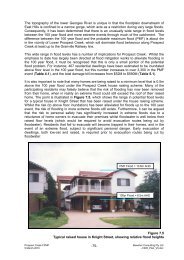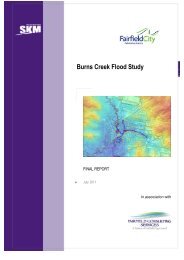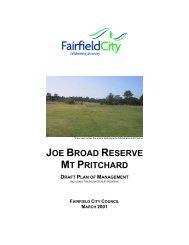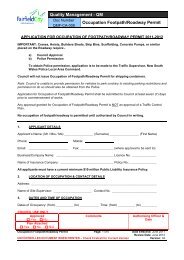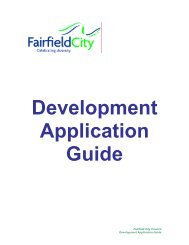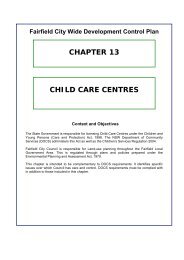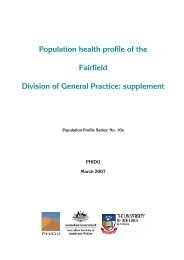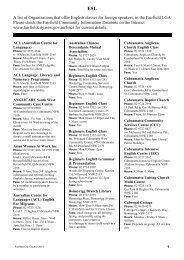Preventing Alcohol-related Harm in Australia - Department of Health
Preventing Alcohol-related Harm in Australia - Department of Health
Preventing Alcohol-related Harm in Australia - Department of Health
You also want an ePaper? Increase the reach of your titles
YUMPU automatically turns print PDFs into web optimized ePapers that Google loves.
4.4 Dr<strong>in</strong>k-driv<strong>in</strong>g countermeasuresDr<strong>in</strong>k-driv<strong>in</strong>g laws and the associated programs<strong>of</strong> enforcement and social market<strong>in</strong>g areconsidered to be one <strong>of</strong> the great publichealth success stories <strong>of</strong> the late 20th century. In<strong>Australia</strong>, state and territory laws allow a Blood<strong>Alcohol</strong> Content (BAC) <strong>of</strong> up to 0.05% whiledriv<strong>in</strong>g for full licence holders, 0.00% for learnerdrivers and 0.00 per to 0.02% for provisionaldrivers, depend<strong>in</strong>g on the state or territory. Thosewho operate commercial aircraft, public orheavy vehicles, commercial vessels, mach<strong>in</strong>eryand mobile plant or farm equipment mustobserve the BAC restrictions required by theiremployer, as well as those required by law. Formost adults, dr<strong>in</strong>k<strong>in</strong>g no more than two standarddr<strong>in</strong>ks on an occasion will ma<strong>in</strong>ta<strong>in</strong> their BACbelow 0.05%. The evidence for the deterrenteffect <strong>of</strong> such laws is strong, although the effectscan erode over time and hence some countrieshave cont<strong>in</strong>ued to lower BAC limits.[13] From the1970s, <strong>Australia</strong>n states world leaders <strong>in</strong> driv<strong>in</strong>gdown rates <strong>of</strong> dr<strong>in</strong>k-driv<strong>in</strong>g through randombreath tests and other means.There is some evidence, albeit tentative, thathav<strong>in</strong>g lower BAC limits for young driversreduces the risk <strong>of</strong> road fatalities, especially ifthe BAC limit is 0.00%.[7] More broadly, there isgood evidence that lower BAC limits, delayedaccess to full licence and curfews for youngdrivers can be effective <strong>in</strong> reduc<strong>in</strong>g dr<strong>in</strong>k driv<strong>in</strong>gamong young people; graduated licens<strong>in</strong>gschemes can potentially <strong>in</strong>corporate all <strong>of</strong> thesemeasures with<strong>in</strong> a s<strong>in</strong>gle system.[13]Random breath test<strong>in</strong>g (RBT) has been shownto be effective <strong>in</strong> several countries, <strong>in</strong>clud<strong>in</strong>g<strong>Australia</strong>, <strong>in</strong> reduc<strong>in</strong>g road crashes, <strong>in</strong>juries andfatalities.[7] The def<strong>in</strong><strong>in</strong>g feature <strong>of</strong> RBT is thatany motorist at any time may be required totake a breast test, and there is noth<strong>in</strong>g theycan do to <strong>in</strong>fluence their chances <strong>of</strong> be<strong>in</strong>gtested.[13] Research suggests that there is astrong tendency for motorists to comply withdr<strong>in</strong>k-driv<strong>in</strong>g laws <strong>in</strong> jurisdictions that use RBTprograms because <strong>of</strong> the uncerta<strong>in</strong>ty aboutthe real risk <strong>of</strong> detection.[13] Here<strong>in</strong> lies part <strong>of</strong>the impressive cost effectiveness <strong>of</strong> randombreath test<strong>in</strong>g. RBT is considered a superiormethod <strong>of</strong> enforc<strong>in</strong>g dr<strong>in</strong>k-driv<strong>in</strong>g laws thansobriety checkpo<strong>in</strong>ts, which only check driverswho are judged to have been dr<strong>in</strong>k<strong>in</strong>g.[13] In<strong>Australia</strong>, creat<strong>in</strong>g the public perception thatthere is a high chance <strong>of</strong> be<strong>in</strong>g caught dr<strong>in</strong>kdriv<strong>in</strong>g through RBT has been achieved by acomb<strong>in</strong>ation <strong>of</strong> high-visibility polic<strong>in</strong>g (roadblocks, ‘booze buses’) and frequent socialmarket<strong>in</strong>g campaigns that emphasise thelikelihood <strong>of</strong> dr<strong>in</strong>k drivers be<strong>in</strong>g detected.[7]Among the range <strong>of</strong> punishments for dr<strong>in</strong>kdriv<strong>in</strong>g, the penalty that appears to havehad the most consistent impact is licencesuspension.[13] Increas<strong>in</strong>g the severity <strong>of</strong> f<strong>in</strong>esand impos<strong>in</strong>g penalties such as imprisonmentfor dr<strong>in</strong>k driv<strong>in</strong>g have not been shown to result <strong>in</strong>reduced rates <strong>of</strong> dr<strong>in</strong>k driv<strong>in</strong>g or car accidents.[13] However, it is estimated that up to 70% <strong>of</strong>people who lose their licence cont<strong>in</strong>ue to drivewhile unlicensed, as the risk <strong>of</strong> apprehensionis relatively low.[43] The major concerns withdisqualified drivers cont<strong>in</strong>u<strong>in</strong>g to drive arethat it underm<strong>in</strong>es the effectiveness <strong>of</strong> licencesuspension and is also l<strong>in</strong>ked to a range <strong>of</strong>other high-risk behaviour such as repeateddr<strong>in</strong>k driv<strong>in</strong>g and speed<strong>in</strong>g.[43] Court diversion<strong>of</strong> dr<strong>in</strong>k drivers to educative and mandatorytreatment <strong>in</strong>terventions and the <strong>in</strong>capacitation<strong>of</strong> vehicles us<strong>in</strong>g ignition <strong>in</strong>terlock devices areregarded as effective means <strong>of</strong> <strong>in</strong>creas<strong>in</strong>gcompliance with licence suspension andreduc<strong>in</strong>g recidivism.[7, 13]While there is no evidence that on-premisedesignated driver programs produce negativeeffects, the impact <strong>of</strong> such programs is verymodest and even with concerted promotionsthey only produce a small positive effect.[13]An <strong>Australia</strong>n review <strong>of</strong> these schemes wassomewhat more supportive, po<strong>in</strong>t<strong>in</strong>g to researchf<strong>in</strong>d<strong>in</strong>gs that the programs do have somepositive <strong>in</strong>fluence on the behaviour <strong>of</strong> youngpeople <strong>in</strong> select<strong>in</strong>g a sober driver, and thatgiven the cost <strong>of</strong> such programs is usually borneby licensed premises, there is no opportunitycost <strong>in</strong> recommend<strong>in</strong>g such schemes.[7]27


